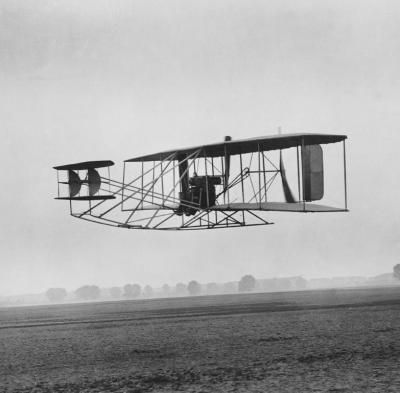
Wilbur and Orville Wright launched a century of aviation when their plane, the Wright Flyer I, took flight on Dec. 17, 1903.
Advertisement

Harriet Quimby was the first licensed female pilot in the United States, earning her certification in 1911.
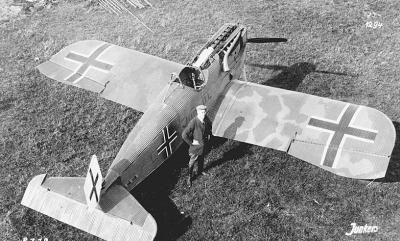
One of the most advanced aircraft of World War I was the German Junkers D1. As the range of travel increased, pilots developed ways to get more fuel in mid-flight.
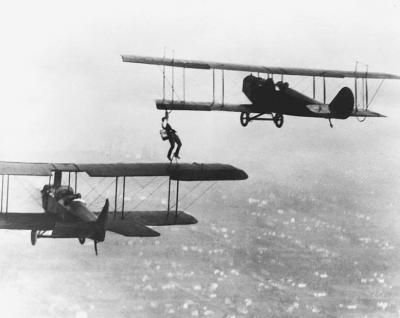
The world's first mid-air refueling happened in 1923. See the legendary Fokker D VII fighter plane next.

The Fokker D VII was considered by many historians to be the best fighter of World War I. Germans of the time were also hard at work on airships.
Advertisement
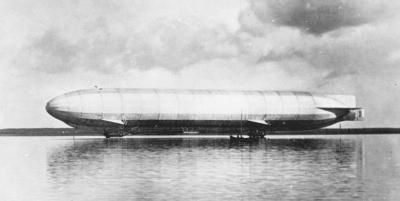
It's difficult to imagine the tremendous grip that dirigibles had on the public, especially in Germany. Although not as common, airships still have specialized uses today.
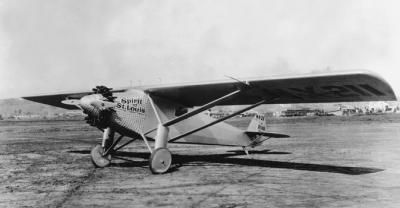
The Spirit of St. Louis was the plane that Charles Lindbergh used on his famous transatlantic flight in 1927.
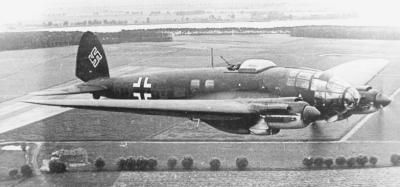
The graceful elliptical wings of the Heinkel He 111 made it one of the most attractive aircraft of the Luftwaffe.
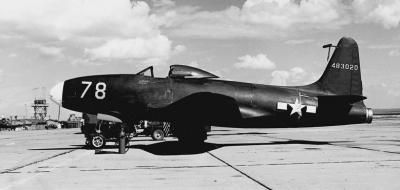
The Lockheed XP-80 represented the first U.S. effort to start developing jet fighters. Operational versions of the XP-80 were used extensively throughout the U.S. military in the 1940s and 1950s. See a famous test pilot next.
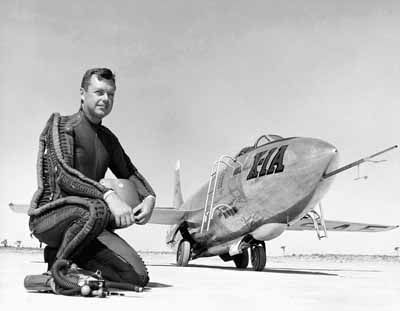
On Aug. 26, 1954, Maj. Arthur "Kit" Murray set an altitude record of 90,440 feet in the Bell X-1A. He is shown here in a protective pressure suit of the time.
Advertisement
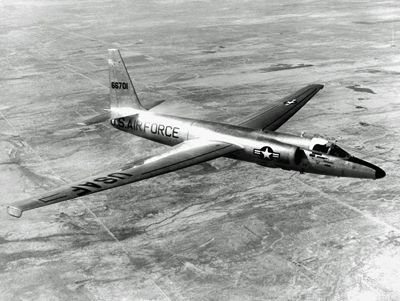
The Lockheed U-2 was one of the first and most important reconaissance aircraft in the U.S. fleet. See another famous plane from the 1950s in the next photo.
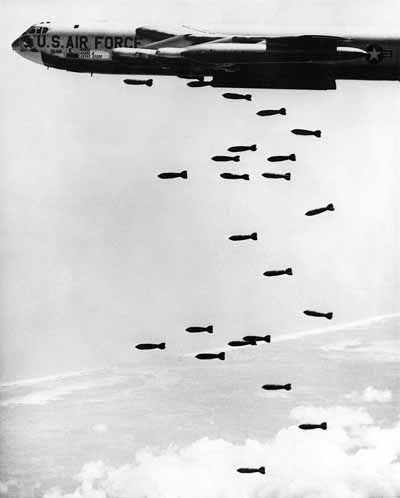
The Boeing B-52 was designed as a strategic long rifle, able to fly alone or in cells of three deep into the Soviet Union with powerful nuclear weapons. During the Vietnam War it became a tactical artillery barrage.
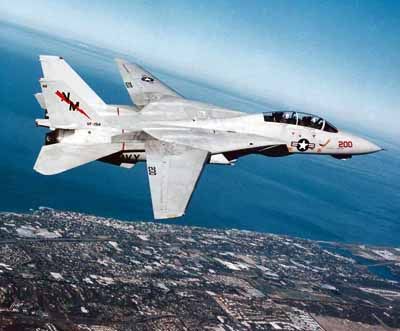
The Grumman F-14 Tomcat is a supersonic fighter plane with variable wing geometry. It first flew in 1970 and remained the Navy's primary aircraft for more than 30 years. See the long-lived F-15 next.
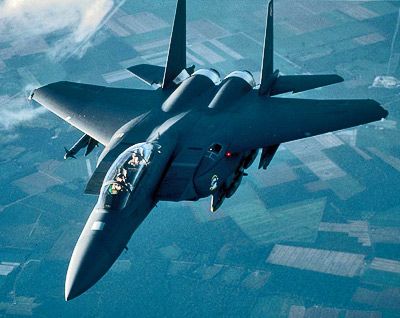
McDonnell Douglas F-15 Eagle was a tactical fighter introduced in 1976. This powerful aerial combat plane is still in use today. The next photo shows a unique, bubble-shaped experimental plane.
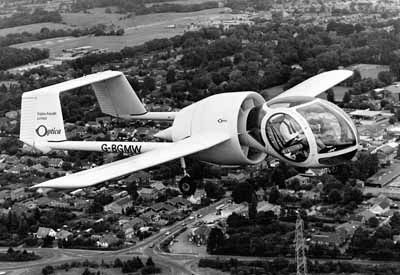
With its helicopterlike cockpit, the Edgley Optica gained worldwide attention upon its first flight in 1979. Unfortunately, the plane seemed to be cursed, suffering crashes, business failures, arson and other mishaps. Only a handful were ever produced.
Advertisement
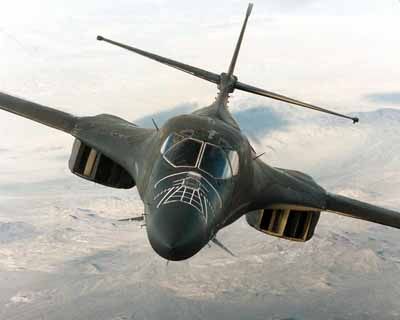
The Rockwell B-1B bomber had one of the longest and most controversial development periods in the 1970s and 1980s. After a rocky start, the swing-wing B-1B has proved its worth in several theaters of war. The famous stealth bomber is next.
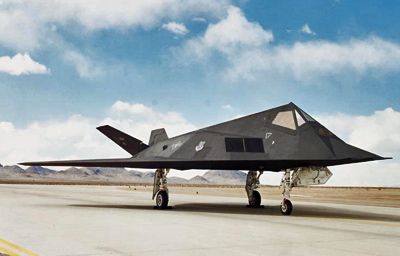
The Lockheed F-117A Nighthawk is a ground attack airplane. Its unique stealth design helps to minimize its radar profile. See an advanced civilian aircraft in the next photo.
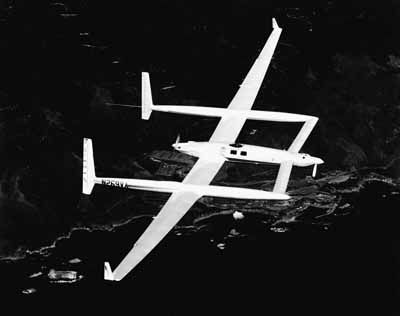
Voyager was an all-composite aircraft designed by Burt Rutan, which his brother Dick flew for the first time on June 22, 1984. It's the experiments of ambitious civilians like the Rutans and the Wright brothers that eventually made space flight possible.

NASA launched Space Shuttle Discovery in 1984, and the vehicle is now the oldest of the three active shuttles. Take a look at an experimental space plane in the next photo.
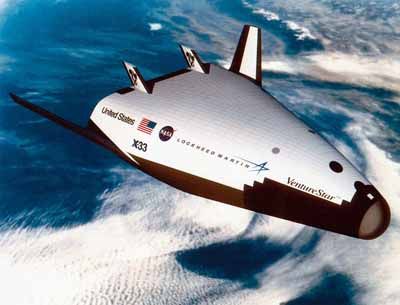
Lockheed Martin gambled on its X-33 spacecraft prototype, but technical problems forced cancellation of its government contract. Read more about flight history in the Aviation Channel.
Advertisement